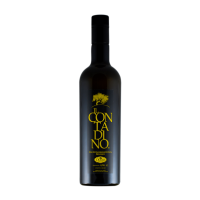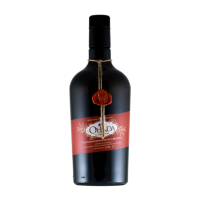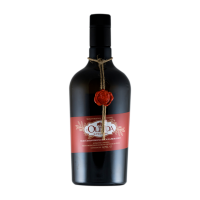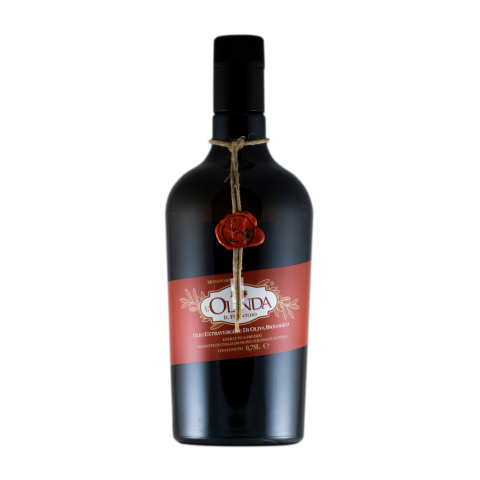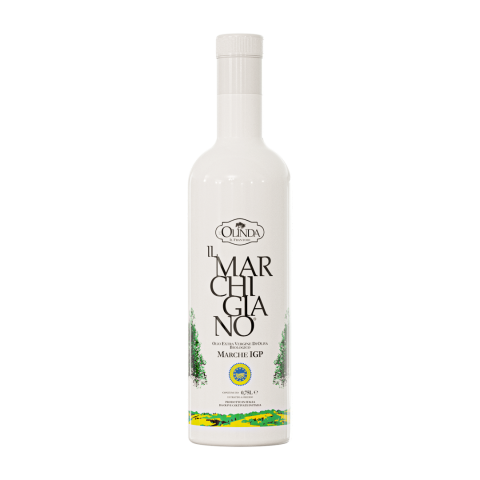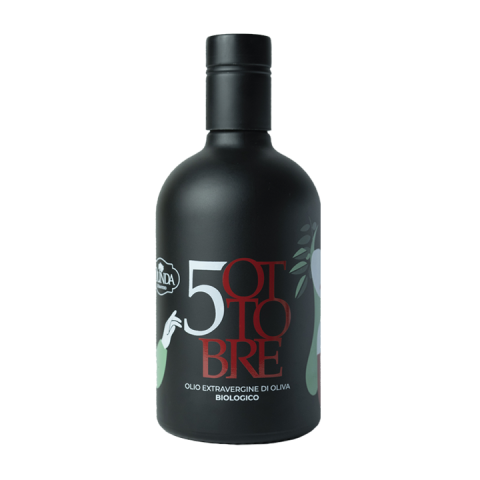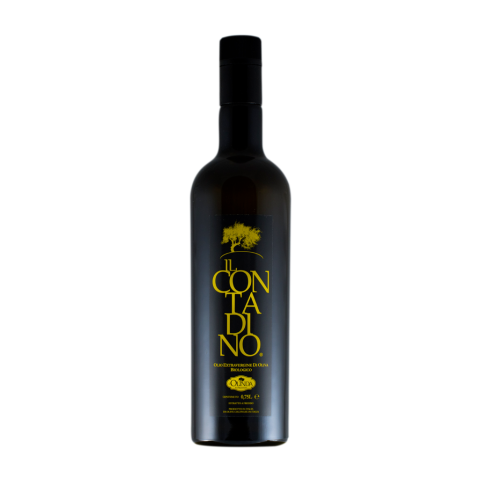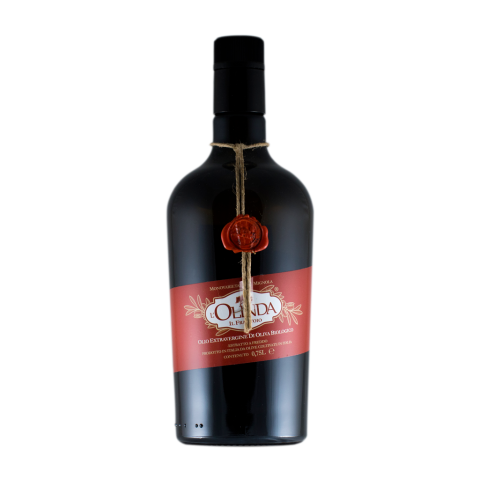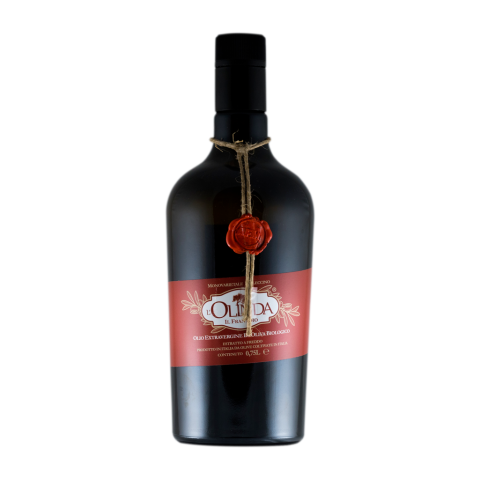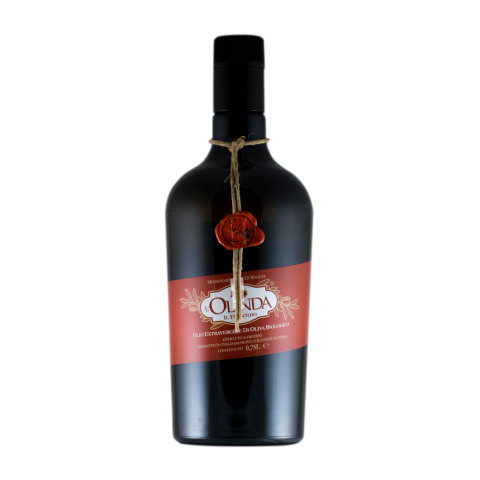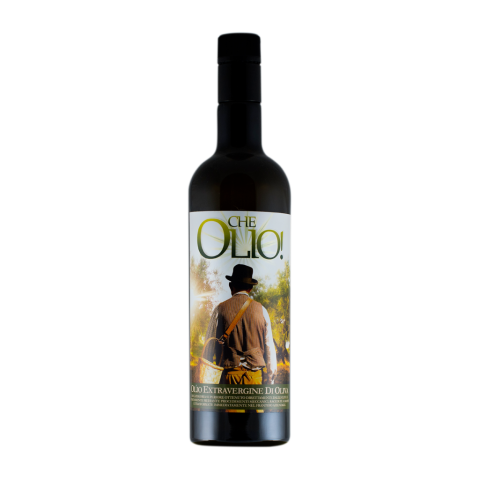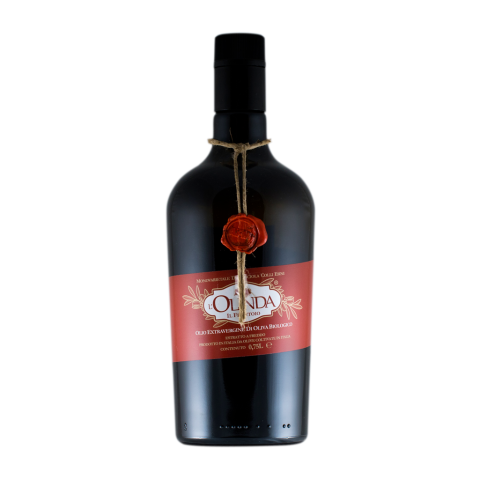How to understand if the oil is acidic? Here's how to recognize quality oil
“The bitterness, good or bad?
Bitter is a great advantage of extra virgin olive oil. It is due to the presence of polyphenols, that is, precious antioxidant components with great health properties. Polyphenols protect the oil from oxidation, but also protect and keep the cells of our body young. The more bitter the extra virgin olive oil, the more it is rich in phenolic substances, the more it is good for our body by keeping us young.
Is spicy oil more acidic?
Absolutely not. Even the spicy reveals a high content of phenolic substances with a high health value. The quality extra virgin olive oil cannot be compared to any other food fat. Spicy has nothing to do with acidity. Extra virgin olive oil is a unique and extraordinary component of the Mediterranean diet. The spicier it is, the higher the presence of polyphenols and therefore healthy for our body. Those who consider it a defect make a sensational mistake.
Is high acidity a defect?
It is the parameter that better than others indicates the quality of the oil. An extra virgin produced with healthy olives, harvested at the right level of ripeness and ground within 12 hours, certainly has low acidity. To be classified and sold as extra virgin olive oil must have an acidity lower than 0.80 (i.e. 8 grams of oleic acid per 100 grams of oil). A quality extra virgin olive oil has acidity values ranging from 0.10 to 0.30. High acidity is certainly not a quality index.
The best is sweet oil?
The answer is no. Absolutely not. Oil cannot be sweet because it does not contain sugars. An excellent extra virgin must be bitter, spicy and with a good fruitiness. An oil is defined as sweet when the bitterness is less evident and marked. The idea of sweet oil derives from tradition, that is, when our grandmothers used lard, butter and seed oil. But perceiving the sweetness in extra virgin olive oil is certainly a false sensation.”
